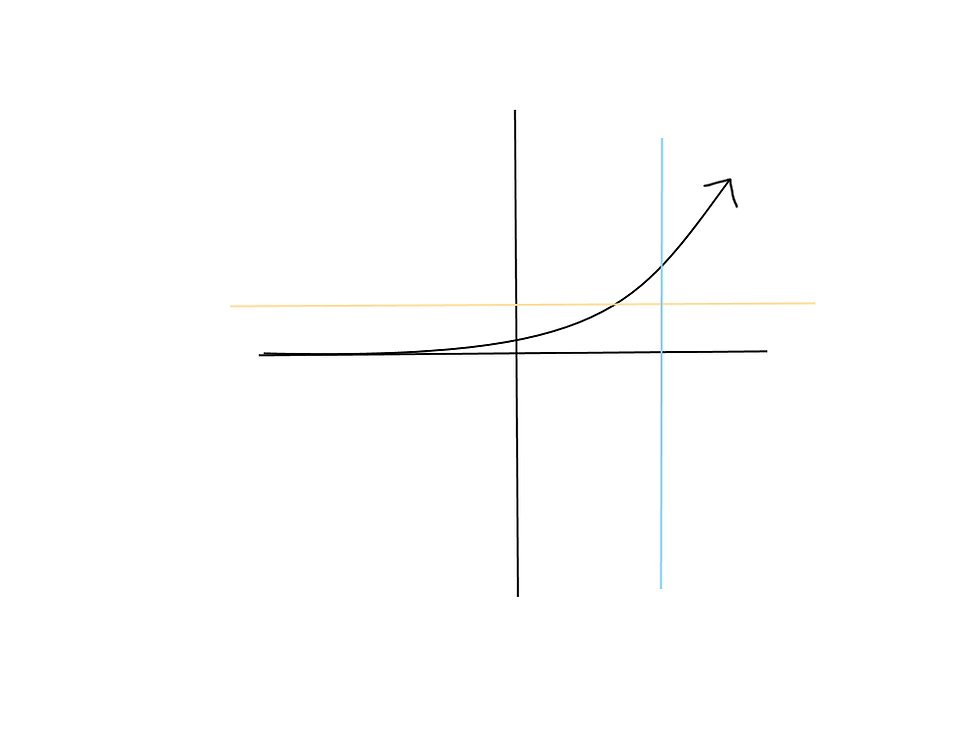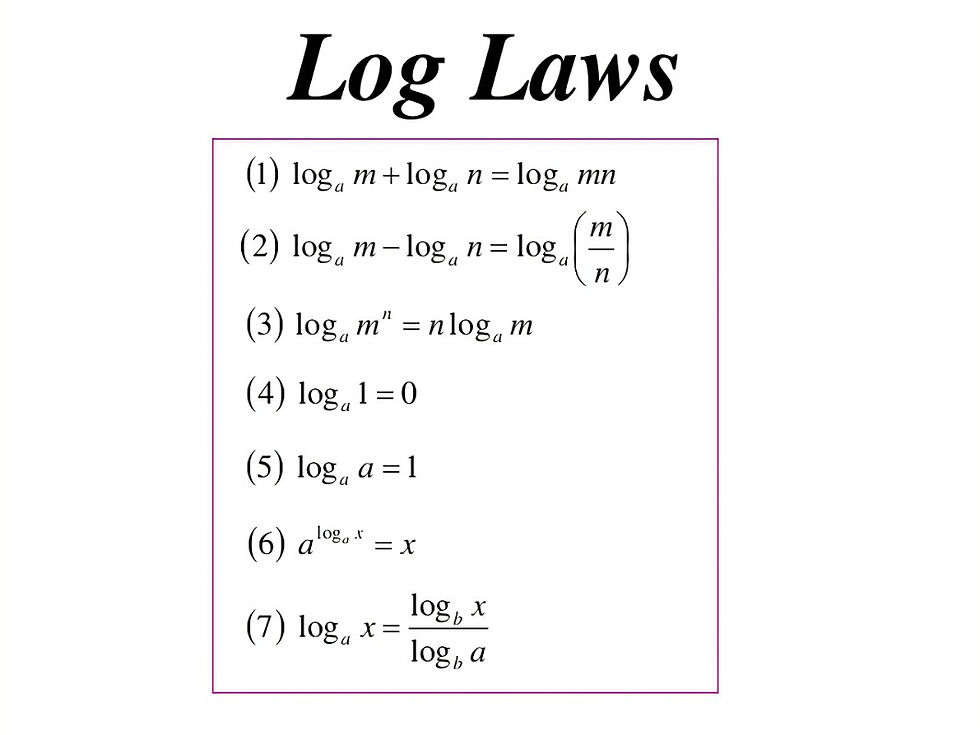One To One and Inverse Function
- Sean Melvein A. Vecina
- Jan 11, 2023
- 2 min read
One to One Functions are functions that have one domain and its own range. The range will not be the same for all domains (that will be considered as a many to one function.)
Examples of One-to-One Functions:

We can also conclude a one-to-one function if we inverse the function.

One to one function in graphs. If we want to conclude a function in a graph shown, we will do the vertical line test and the horizontal line test. The vertical line test determines if the graph is a function while the horizontal function determines if the function is a one-to-one function.

One to One Inverse Functions
Let the function f: A -> B be one to one function. Then the inverse of f denoted by f^-1 (if read, inverse of f) is a function with function B with range A.
Note: A function has an inverse function if and only if it is one to one.
To find the inverse function of a one-to-one function:
1. Write the function in form y = f(x).
2. Interchange the x and y variables.
3. Solve y in terms of x.
Example:
f(x) = 3x + 1
y = 3x + 1
x = 3y + 1
x – 1 = 3y
x – 1/3 = 3y/3
y = x – 1/3
If we invert y = x – 1/3, it will revert to y = 3x + 1. Just apply the same steps as before when we want to inverse y = x – 1/3.
Quadratic Functions (ex. f(x) = x^2 + 8x + 16) and functions that have absolute value (ex. f(x) = |x|) are not one to one inverse functions, since in their graphs, don’t represent the horizontal line test very well.





Comments